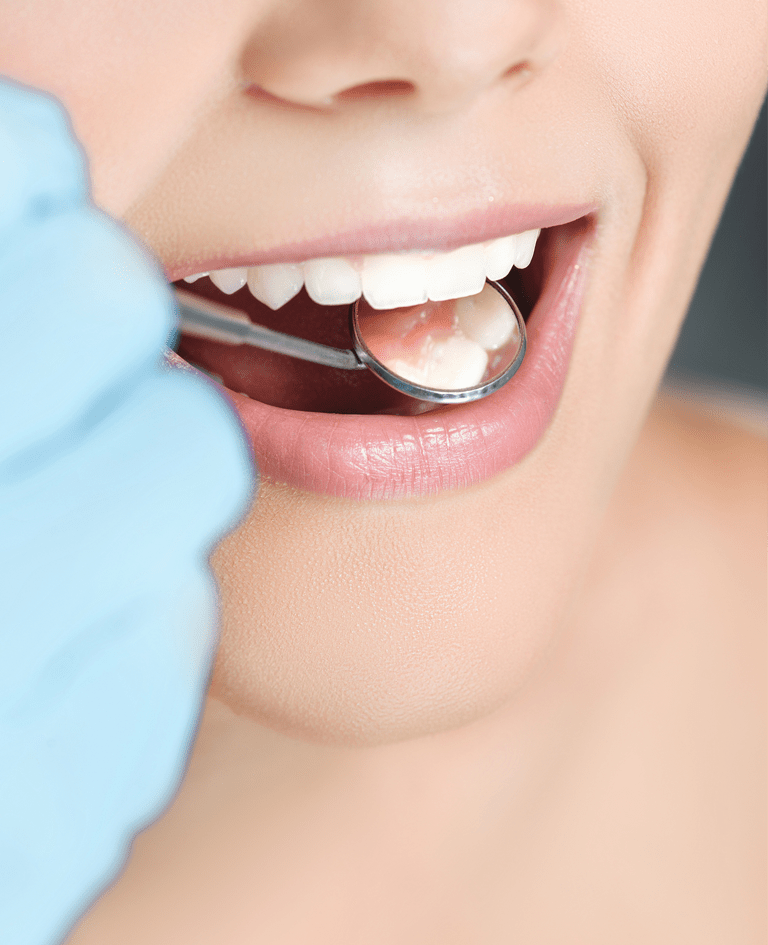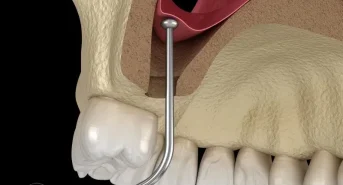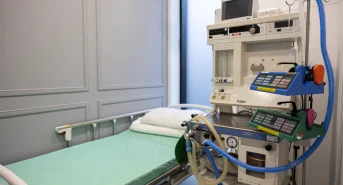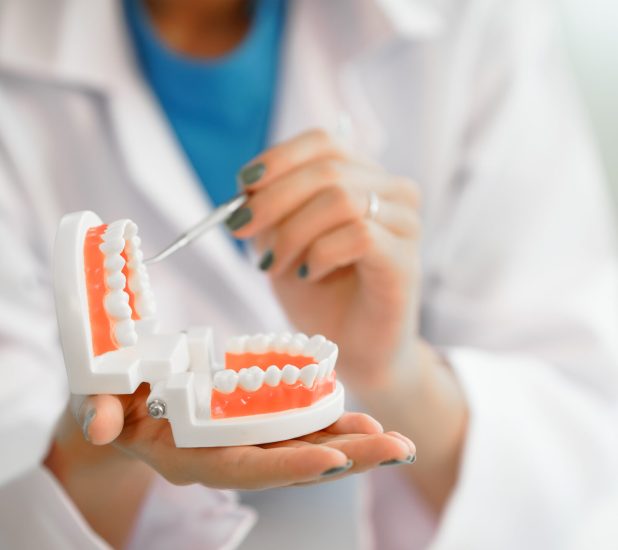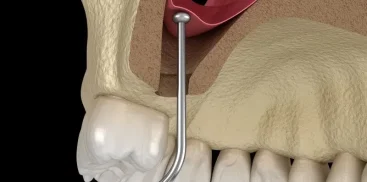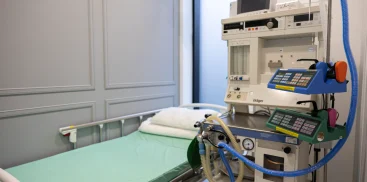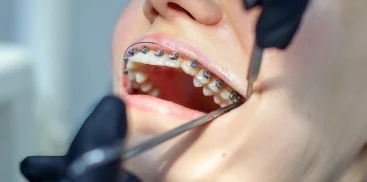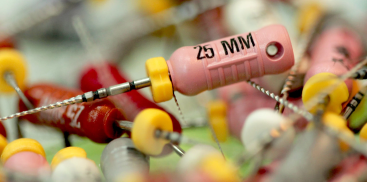An open bite is one of the malocclusions where there is excessive space between the teeth of the upper and lower jaw. What are the causes, effects and methods of treating this defect in both children and adults? Is surgical intervention necessary to correct it?
What is an open bite?
This is a vertical malocclusion when there is no contact between the teeth of the upper and lower jaw.
It may be caused either by incorrect alignment of the teeth with normal jaw structure, or may involve the bone structure itself. The space between the teeth is called an underbite gap, which, depending on the degree of the defect, may be more or less noticeable. This defect affects both younger and older patients.
Open bite in younger people
Symptoms of an open bite in children can be seen as early as 5-6 years of age. If left untreated, it can lead to problems with speech or eating. The result is often a lisp or abnormal tongue movement.
It is crucial not to delay a visit to the orthodontist if early symptoms appear, such as premature eruption of baby teeth or finger sucking habits. In case of speech problems, it may also be necessary to consult a speech therapist. Quick treatment increases the chances of full bite correction. Removable orthodontic braces are recommended until the age of 10, and later the teeth are corrected with fixed braces, worn for about 2 years.
Open bite in adults
In adults, a complete open bite can result from a variety of causes, such as endocrine disease, childhood trauma, or bad habits such as nail biting. Treatment is more complicated and long-lasting than in children. Most often, it involves the use of fixed braces for about 2 years, and then a retention brace to maintain the achieved results. In some cases, a combination of orthodontic treatment and surgery is necessary.
Causes of an open bite
Possible causes are:
- predisposition
- genetics,
- prolonged bottle feeding,
- prolonged sucking of a pacifier or finger,
- premature eruption of primary teeth,
- difficulties with breathing,
- enlargement of the third tonsil,
- bad habits such as nail biting
- endocrine diseases,
- abnormally growing teeth.
Failure to treat an open bite can lead to a number of problems, from visual to health-related.
Treatment of an open bite
Treating this malocclusion can be a long process, but it is possible thanks to modern methods:
Orthodontic treatment: used from a young age, when an open bite becomes visible. For younger children, removable braces are used, while older patients use fixed braces.
Surgery: in some cases, in addition to orthodontic treatment, surgical intervention is necessary.
Where to treat an open bite?
Warsaw Dental Center offers both orthodontic and surgical treatment for people with open bite malocclusion. We invite you for consultations that will help you restore harmonious bite and functionality. At Warsaw Dental Center, the priority is a comprehensive approach to the patient, regardless of age.
